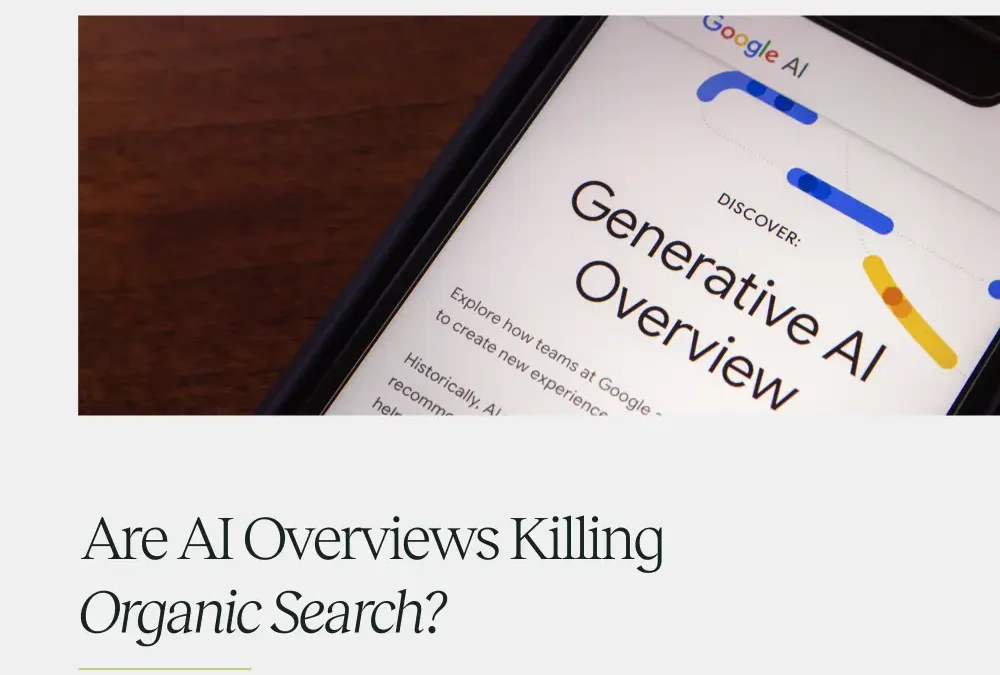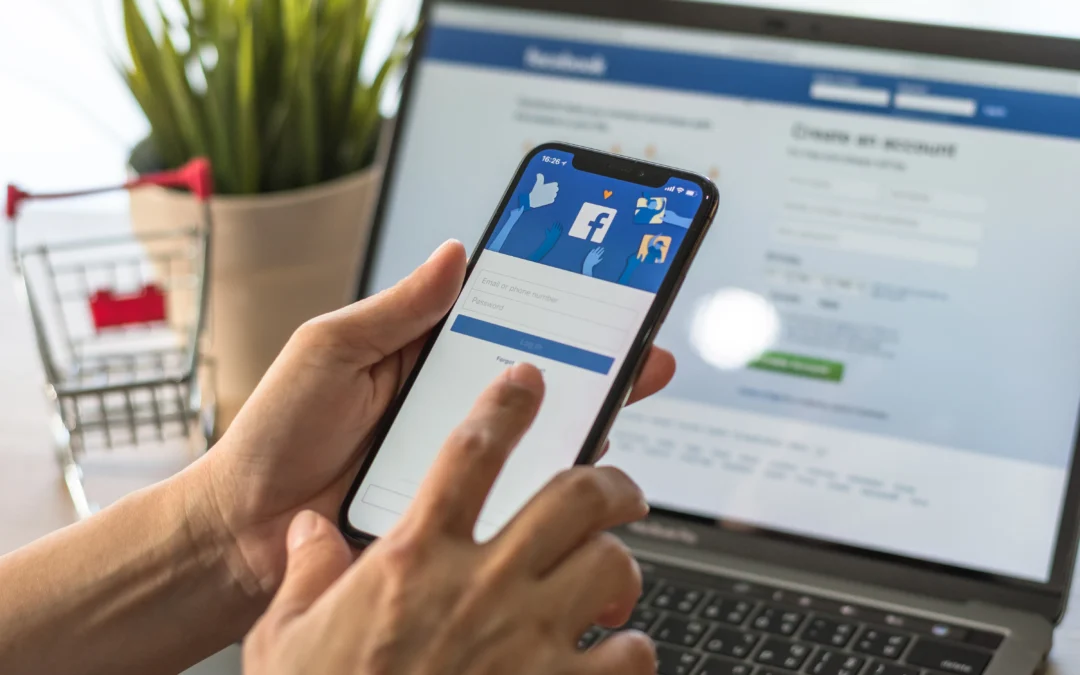What is Omnichannel Marketing?
Omnichannel marketing means integrating all your channels, such as your website, social media, email, in-store experience, mobile apps, and even chat support, into a single, cohesive strategy. The customer can start their journey in one place and continue it seamlessly across others without losing context.
Unlike multichannel marketing, where channels often operate independently, omnichannel ensures that data and messaging are consistent and connected. This helps brands deliver more personalised, relevant interactions based on real behavior and preferences.
Why Omnichannel Marketing Matters
1. Enhanced Customer Experience
Customers value consistency. An omnichannel strategy removes friction from their experience and makes interactions feel natural.
2. Stronger Brand Identity
When your messaging, visuals, and tone stay consistent across platforms, your brand becomes more recognizable and trusted.
3. Better Personalisation
With connected data, you can personalise messages based on behavior across all touchpoints. A visitor who viewed a product on your site might get a follow-up email or see a related ad on social media.
4. Increased Customer Retention
Satisfied customers who experience a seamless journey are more likely to return, make repeat purchases, and recommend your brand.
5. Higher Conversions
Studies show that customers who engage through multiple integrated channels spend more than those who interact with a brand on a single platform.

Steps to Build an Effective Omnichannel Strategy
1. Gather Customer Insights
Start by understanding your customers. Use analytics tools to track their behavior, preferences, and the channels they use most.
2. Map the Customer Journey
Identify every touchpoint, from discovery to post-purchase. Understanding how customers move between channels helps you build better experiences.
3. Integrate Your Channels and Tools
Choose the platforms your audience prefers and ensure they are connected. Integrate tools like CRM systems, marketing automation platforms, and customer support software to create a unified view.
4. Create Consistent Messaging
Develop brand guidelines that align your voice, tone, and visuals across all communication platforms. Whether a customer reads a social media post or an email, the experience should feel familiar.
5. Test, Measure, and Optimise
Track performance across each channel. Use A/B testing, customer feedback, and data analysis to refine your approach and identify new opportunities.
Real-World Omnichannel Examples
Marks & Spencer (M&S)
M&S integrates online and offline experiences by allowing customers to check in-store stock online, reserve items, and choose between home delivery or click-and-collect. Their app offers personalised offers based on shopping habits, making the journey seamless across web, mobile, and in-store.
John Lewis
John Lewis offers a true omnichannel experience with services like “Click & Collect,” real-time order tracking, and a consistent brand experience across web, app, and physical stores. Their loyalty program and personalised product recommendations help strengthen engagement across all platforms.
Boots
Boots connects its website, mobile app, and Advantage Card loyalty system, so customers can earn and redeem points both in-store and online. Product availability can be checked in nearby stores, and their app provides tailored health and beauty offers.
Omnichannel Trends to Watch
To stay competitive, brands are incorporating technologies that elevate the omnichannel experience:
- Artificial intelligence for real-time personalisation
- Voice search and smart assistant integration
- Augmented reality for virtual product testing
- Mobile-first design and app-based engagement
- Chatbots for instant support and product recommendations
These technologies improve how brands engage with customers, making interactions faster, smarter, and more engaging.
How Platform Marketing Can Help
At Platform Marketing Agency, we build strategies that bring all your marketing efforts together. Our team helps you:
- Analyse your customer journey and data sources
- Choose and connect the right platforms
- Develop consistent messaging across touchpoints
- Set up performance tracking and optimization systems
- Explore emerging tools to future-proof your strategy
Ready to Transform Your Customer Experience?
Omnichannel marketing is no longer optional. It is essential for building lasting customer relationships and staying competitive in a crowded digital space.
Start small. Pick a few key channels, align your messaging, and connect your data. Once you have a foundation in place, scale up by testing new tools and platforms to enhance the experience.
Want to get started? Contact Platform Marketing Agency today to create a personalised omnichannel strategy that fits your business goals.
Frequently Asked Questions: Omnichannel Marketing
1. What is the difference between omnichannel and multichannel marketing?
Multichannel marketing means using several platforms to reach customers, but often without coordination between them. Omnichannel marketing connects those channels, creating a unified experience where customer data and messaging are consistent throughout their journey.
2. Why is omnichannel marketing important for growing businesses?
It helps build stronger customer relationships by providing consistent, personalized experiences. This approach increases brand trust, drives repeat purchases, and can improve both customer retention and lifetime value.
3. Do I need advanced technology to implement an omnichannel strategy?
Not necessarily. You can start with basic tools like a CRM system and email marketing platform. As you grow, integrating automation tools, analytics, and unified customer profiles will help you scale your efforts more effectively.
4. How can I measure the success of an omnichannel campaign?
Track metrics such as customer retention rate, average order value, conversion rate across channels, and customer satisfaction scores. Tools like Google Analytics, CRM dashboards, and customer feedback can provide clear performance insights.




